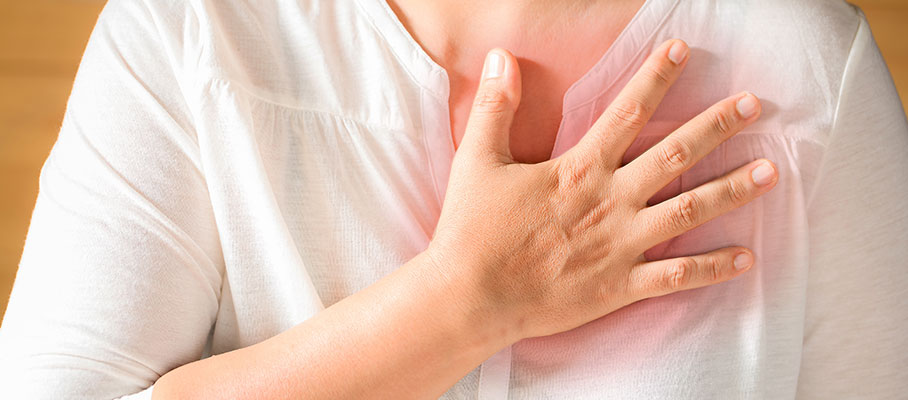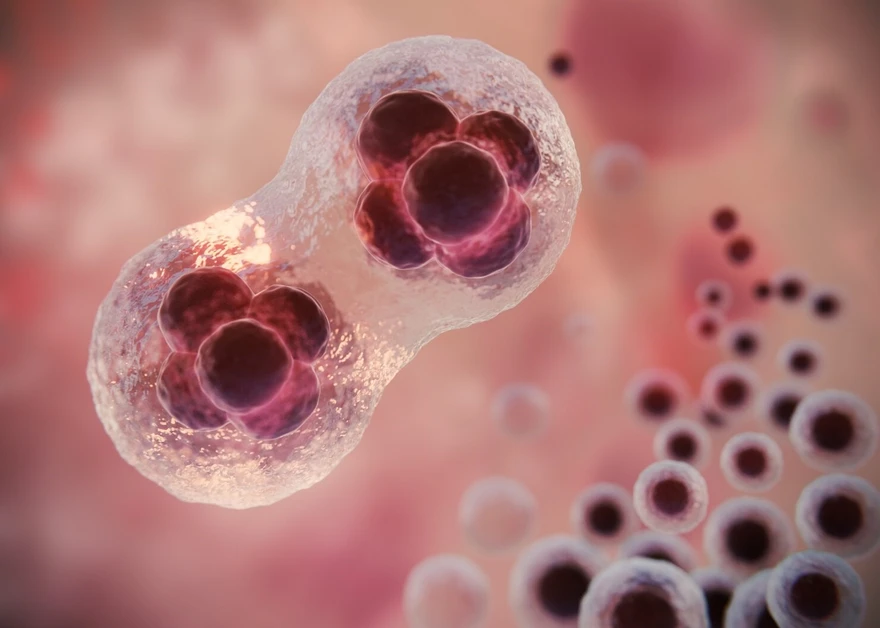Preventive Healthcare
Heart Attack: Causes, Symptoms, Prevention and Treatment
10933 Views
0

A heart attack also called myocardial infarction is a serious medical emergency in which the blood supply that brings oxygen to the heart muscle is severely reduced or cut off and the heart muscle begins to suffer damage or start to die. It often results from a blockage in the coronary arteries that feed the heart. The lack of blood supply can cause lasting damage to the heart muscle and can be life threatening.
Heart attack vs cardiac arrest
A heart attack is different from cardiac arrest. In the latter, the heart stops working completely and suddenly stops pumping blood around your body. Both are medical emergencies.
What causes a heart attack?
Coronary heart disease, the leading cause of heart attacks, is a condition in which one or more coronary arteries become narrowed or blocked. The blockage is most often a buildup of fat, cholesterol, calcium, proteins, and inflammatory cells, which form a plaque in the walls of arteries. One of the plaques can rupture, forming a blood clot at the site of the rupture. This blood clot can starve the heart muscle of oxygen by blocking the blood flow through arteries, resulting in a heart attack.
Risk factors like smoking, a high-fat diet, diabetes, high cholesterol, hypertension and obesity can increase your risk of developing coronary heart disease.
People aged 65 or older usually have a higher risk than young adults to get a heart attack.
Make sure to check your health parameters regularly. Book TruHealth Senior Package here.
A spasm in your coronary artery is another rare cause of heart attacks. During coronary spasm, your arteries restrict or shut down blood flow to part of the heart muscle. Use of tobacco and stimulants such as cocaine can cause a life-threatening spasm.
Symptoms of heart attack
Some people who are having a heart attack have warning signs or symptoms while others show no signs at all. Symptoms of a heart attack that many people report include:
- Chest pain
- Pain in upper body
- Feeling lightheaded
- Sweating
- Trouble breathing
- Nausea or vomiting
- Coughing or wheezing
- An overwhelming sense of anxiety
Sleep disturbances, weakness, extreme shortness of breath, indigestion, body aches or discomfort in the back or upper body, a general feeling of being unwell are some atypical heart attack symptoms in females that can occur with or without chest discomfort. Recognizing these early symptoms and seeking immediate medical attention is crucial to save a person’s life.
How can one reduce risk of heart attack?
Adopting a healthier lifestyle is the most effective way to prevent having a heart attack. Lifestyle changes you can make to help prevent a heart attack are:
- Eat a healthy diet
- Quit smoking
- Limit alcohol
- Control your blood pressure
- Control your cholesterol and triglyceride levels
- Maintain a healthy weight
- Manage diabetes
- Manage stress
- Get regular exercise
- Get enough sleep
Treatment of heart attack
Diagnosis and treatment of heart attack might be complex and different depending on which type of heart blockage you've had. A complete blockage means you've had an ST elevation myocardial infarction (STEMI) and a partial blockage means you've had a non-ST elevation myocardial infarction (NSTEMI).Treatments differ for STEMI versus NSTEMI, although there can be some overlap.
If you have a STEMI, the most serious form of heart attack, get immediate medical assessment and treatment. It is important to get prompt treatment, to unblock your coronary arteries restoring blood flow to part of the heart muscle and minimizing the heart muscle damage. Treatment may involve different techniques like use of clot-dissolving drugs (thrombolysis), coronary angioplasty (percutaneous coronary intervention) or a bypass surgery depending on when your symptoms started and how soon you can access the treatment. Coronary angiography is done first to assess your suitability for coronary angioplasty.
Coronary angioplasty and stenting: In this procedure, also known as percutaneous coronary intervention (PCI), doctors guide a long, thin tube with a sausage-shape balloon at the end (catheter) through an artery in your groin or arm to a blocked artery in your heart. Once the catheter is in position, the balloon is inflated to open a blocked coronary artery and restore blood flow. A flexible metal mesh stent almost always is inserted into the artery to help keep it open afterwards.
You may also be given blood-thinning medicines, such as low-dose aspirin, to prevent further clots from forming. You may need to continue taking these medicines for some time after angioplasty. In some cases, coronary angioplasty may not be technically possible. In such circumstances, coronary artery bypass surgery may be considered as an alternative operation.
Coronary artery bypass surgery: It involves taking a healthy blood vessel from another part of your body, usually your chest, arm or leg and sewing it to the coronary artery above and below the narrowed or blocked area, allowing blood flow to the heart to bypass the narrowed section.
You'll likely remain hospitalized for several days after blood flow to your heart is restored and your condition is stable.
If you have the less serious types of heart attack (NSTEMI), blood-thinning drugs (antiplatelet agents and anticoagulants) are usually recommended to inhibit blood clot formation.
The drugs used to break down blood clots, known as thrombolytics or fibrinolytics, are usually given by injection.
In some cases, further treatment with angioplasty or bypass surgery may also be recommended in cases of NSTEMI or unstable angina, after initial treatment with various drugs.
Be aware but don’t panic
Having a heart attack is a frightening experience. A heart attack can be life threatening and requires immediate medical treatment. If anyone has symptoms of a heart attack, access medical care at once. With immediate medical attention, there is often a good chance of a positive outcome.













1701259759.webp)









 WhatsApp
WhatsApp